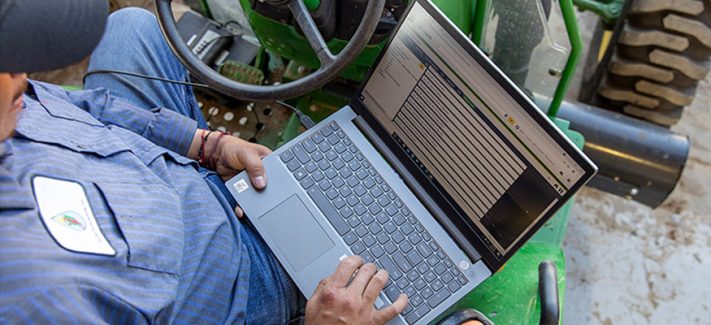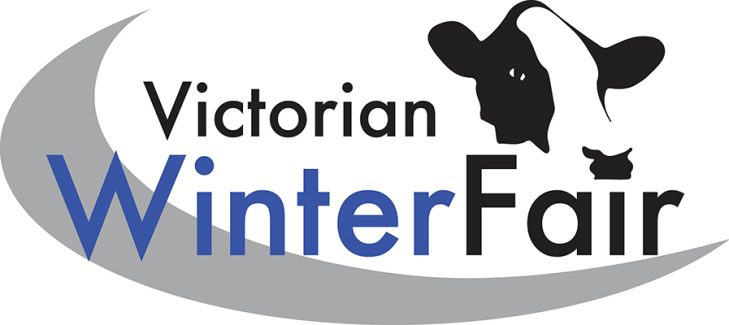A North Canterbury dairy farmer reckons being “sustainable” isn’t enough and she’s striving to do better than that by putting more into her land than she takes out.
During her career as a school teacher Althea MacLean dreamed of being a dairy farmer but the closest she could get was half a dozen house cows on her 0.6ha property in Hunterville, where she was self-sufficient in meat, dairy products, vegetables, fruit, wine and firewood.
She also had a small herd of naturally polled A2 jersey cows that she leased out.
“I made my own dairy products, I bought and sold stock, I raised the youngsters, I showed my bulls, I went to the Jersey Club meetings, my herd was registered with LIC, I had the big 4WD farm wagon, but it was all a bit of a pretense. I wasn’t really a dairy farmer,” MacLean says.
But then she had a phone call from a friend down in Canterbury who’d spotted a 25ha run-down dairy farm near Oxford for sale and thought she should come down for a look.
READ MORE: Peer pressure tapped to encourage sustainable farming in the lower Waitaki
“What happened next was weird, fast and unbelievably possible. There was a combination of desperate sellers who were overdue to move their holstein herd to a ‘next-step’ sharemilking position. The little dairy farm they were trying to sell was an absolute mess and it wasn’t shifting,” she recalls.
With a new season soon to start, the timing was right, the farm’s milking contract was transferable and the seller’s banker wanted to help, so she grabbed the opportunity, looked past the dilapidated fences, rubbish and old machinery littering the land and took the plunge.
“It had what I call ‘good bones’. It was a perfect size for me to handle, I had enough cows to fill the milking contract, it was affordable – just – I knew I had never been afraid of hard work and I also knew it was a never-to-be-repeated opportunity.”
Three years later, the fences on Middelmost farm have been repaired, the rubbish has gone, the pastures are green and lush and the farm is paying its way. It’s a small operation with MacLean milking 47 cows this year, supplying Synlait Milk and getting their premium for her grass-fed production and A2 milk.
She’s had A2 cows for years, believing, like other small farmers, that A2 milk is better for us and she got into naturally polled animals after buying two calves from a friend’s father.
“Years ago he discovered a cow that was polled in his herd and from this cow he built up a naturally polled herd of pedigree jerseys. I’d gone around to their place to buy a couple of jersey calves to add to my house cow herd and he offered me two polled heifers and that got me started.”
Later that season she visited him again and this time he had a polled bull calf he was prepared to sell.
“So I grabbed my chequebook, wrote out a cheque for him, put the calf in the back of the wagon and buggered off before he changed his mind,” she laughs.
The calf became the foundation bull for her herd of naturally polled A2 pedigree jersey cows.
“In years to come everyone will be A2 and naturally polled because that’s the way the industry has to go but I’m one of those squeaky ones at the bottom that everyone just wants to put some oil on to shut up because they can’t see the sense in it yet.”
MacLean is happy not to be a conventional farmer and believes the sustainability that other farmers strive for falls far short of what is needed.
“Everyone’s saying sustainability but if you are sustainable, then you’re just not cutting the mustard as far as I’m concerned.
“If what you’re doing is sustaining what you’ve got, this is not enough as you probably have land that has been raped for 60 or 70 years. Just being sustainable is not going to make up for this.”
She says what’s needed is “sustainability plus 200 per cent”, and that’s what she aims for in her farming system, with nothing, apart from milk and surplus stock, leaving the property.
All hay and balage is brought in and all animal and vegetation compost is returned to the land. “Everything is mulched back into the soil so the humus builds up and it allows mother nature to take up her own cycle again.
“I don’t fertilise, I don’t need to because my clover level is such that the nitrogen fix is automatically done by nature. I constantly harrow so that the cow manure goes into the soil in an even way and it ensures the poos break up nicely for the worms to do their thing. I’ve created an environment where I’m putting back probably three times as much fibre as I am taking out.
“This humus is why this little farm is producing so well. In drought it has got its own recovery system. In the wet, it has got its own soak-up system. If you don’t have that layer of humus, mother nature can’t cope with whatever the weather is going to throw at the soil.”
MacLean says her production is 39 per cent up on this time last year which she says shows how much her pasture is improving, with its mixture of clover, herbage and forage weeds, just the menu cows prefer.
“You watch them. At certain times of the year they’ll go out and pick on a particular plant and eat it right down to root and then the next month they’ll be nipping the tops off something else – they know what they need.”
She tells a story about having a cow that was so sick, despite vet care, she thought it would die as she just couldn’t get her to eat. But then an older friend advised her to spend a couple of hours taking the cow for a walk along the road.
“Off we went and then she suddenly did a quick left and burrowed into this horrible looking weed and gobbled it. We walked on and she found another one and I thought, ‘You know what you need’, so now the roadside has become my chemist’s shop for any animal that’s not feeling very well.”
The sick cow recovered. “But on these big corporate farms, this chemist shop is no longer available, they don’t have the choice of eating a few willow leaves or burrowing under the hedge for whatever they’re after. They don’t have that opportunity.”
Middelmost is saucer-shaped and parts of it are quite wet and the previous owner had attempted to drain it, leaving a maze of ditches and piles of dirt. “It was a dreadful mess,” MacLean says.
Several springs on the farm fed into a swampy centre but rather than continue with efforts to drain it, she realised the swamp could be her nutrient sieve as well as a refuge for the aquatic birds that were regular visitors. But then the drought that gripped much of Canterbury for the past two years revealed something else about the waterway.
“I noticed small fish flapping around in the mud at the bottom of one of the dried up springs and I mentioned it to a few people. I felt terrible watching them flapping away into the mud but there really wasn’t much I could do about it. However, it turned out they were an extremely endangered native mudfish species and this is what they did to survive such events.”
Ecologist Sophie Allen of Working Waters Trust confirmed that Middelmost had one of the best breeding sites of Canterbury mudfish as well as another endangered species, the upland bully.
“The mudfish is a nationally critical species, the same sort of threat status as kakapo.
The reason it’s so endangered is because it lives in wetlands and if you look at the Canterbury Plains, there are not many wetlands left,” says Allen.
Using a grant from Environment Canterbury, the wet centre of the farm has been fenced and volunteers from Forest and Bird and Working Waters Trust recently put in hundreds of plants along the waterway. Breeding ponds have been dug and the wet areas have been extended.
“This whole area will be a wetland again and we’re trying to make the ponds perfect habitats for the mudfish.”
MacLean’s vision is that one day there’ll be a walkway through native bush alongside a wetland, a haven for native birds as well as the fish. She says it is not about her, it’s for mother nature and the community.
“I want this piece of land to have a life of its own. If the people looking after the sanctuary need a tractor, I will provide it. Whatever they need, I’ll do it, but it’s no longer about me. It’s about the people who have become part of the project.
“The sanctuary has to be looked after by everybody else for everybody else, that’s the key thing. It’s a native community, looked after by a people community, for the wider community.”
By: Tony Benny
Source: NZFarmer.co.nz




